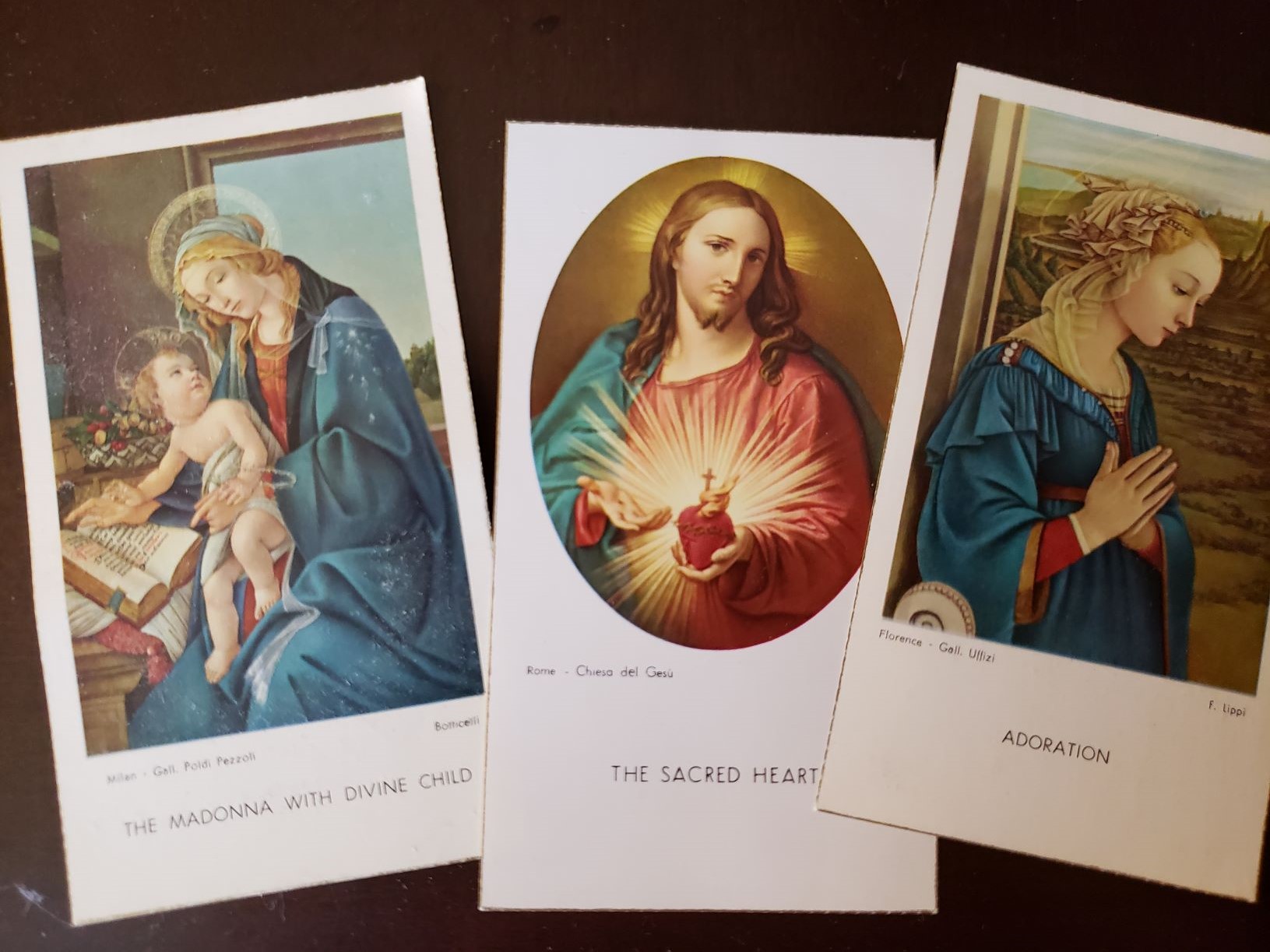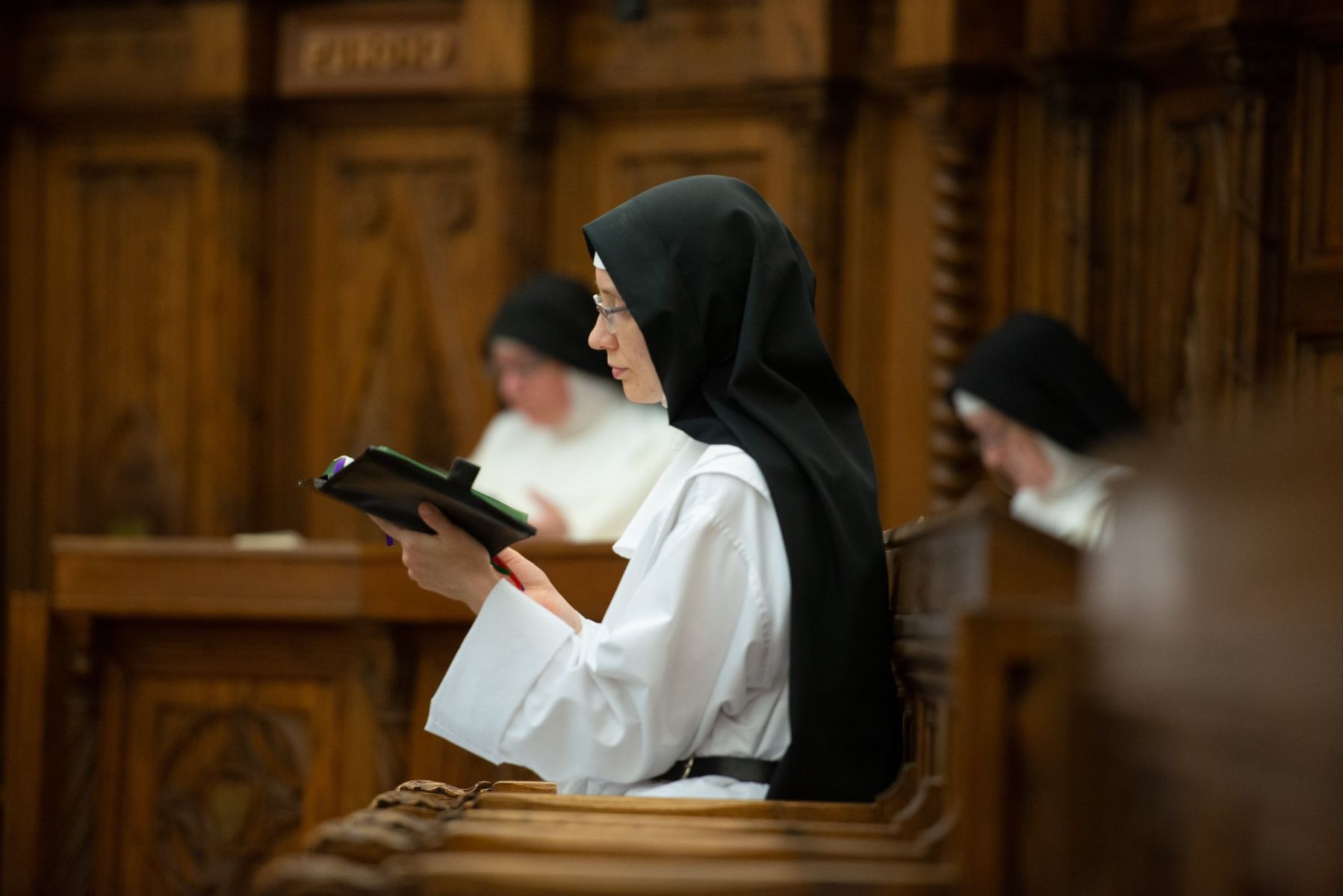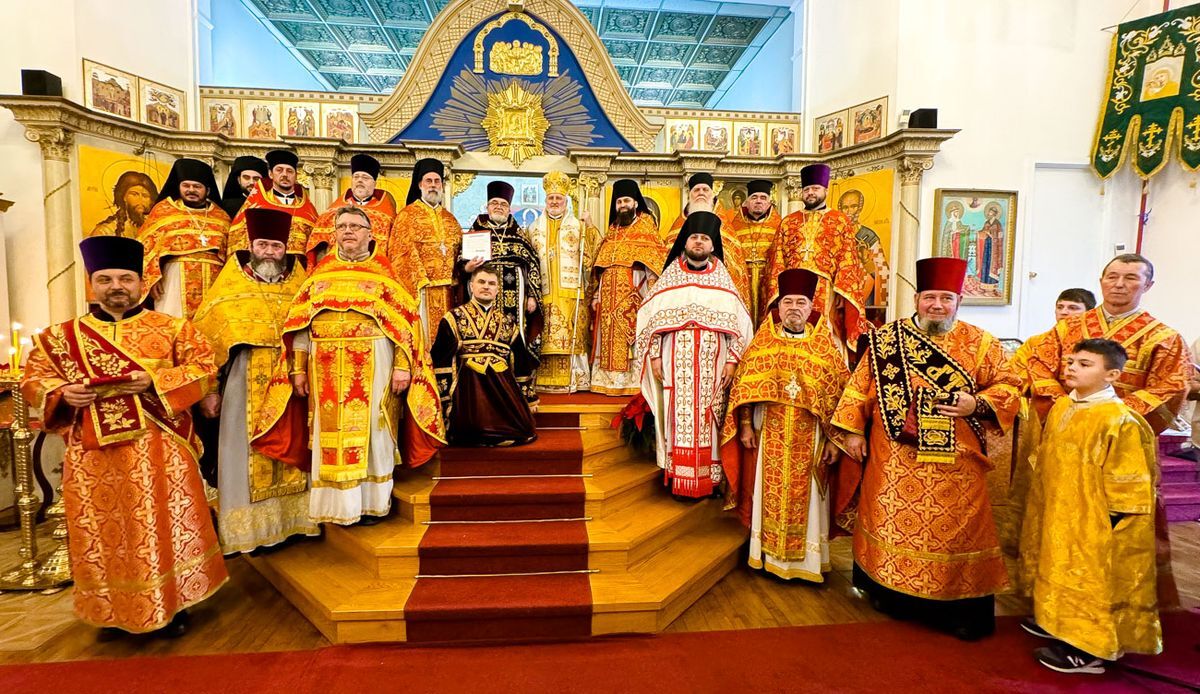
Holy cards have been cherished for centuries, serving as small, portable reminders of faith and devotion. These cards often feature images of saints, angels, or religious scenes, accompanied by prayers or inspirational messages. But what makes holy cards so special? They are more than just pieces of paper; they are tokens of spiritual connection and comfort. Whether tucked inside a Bible, pinned to a wall, or carried in a wallet, holy cards hold personal significance for many believers. Want to learn more about these sacred keepsakes? Here are 20 fascinating facts that will deepen your appreciation for holy cards and their enduring legacy.
What Are Holy Cards?
Holy cards are small, devotional pictures often depicting saints, angels, or biblical scenes. They are popular in various Christian traditions, especially among Catholics. These cards serve as reminders of faith, prayer aids, and tokens of religious devotion.
-
Origins: Holy cards date back to the 15th century in Europe. They were initially woodcuts, a popular form of printmaking at the time.
-
Mass Production: With the invention of the printing press, holy cards became more accessible. This allowed for widespread distribution among the faithful.
-
Depictions: Common images on holy cards include Jesus, Mary, and various saints. Each card usually features a specific scene or event from the saint's life.
Uses of Holy Cards
Holy cards are not just for collecting; they serve multiple purposes in religious practice. Here are some ways they are used:
-
Prayer Aids: Many people use holy cards to focus their prayers. The image helps them concentrate on the divine.
-
Memorabilia: Holy cards are often given out at significant religious events like baptisms, confirmations, and funerals. They serve as keepsakes from these important occasions.
-
Educational Tools: These cards often include prayers or short biographies on the back. This makes them useful for teaching about saints and religious history.
Unique Features of Holy Cards
Holy cards have some distinct characteristics that set them apart from other religious items. Here are a few:
-
Laminated: Many holy cards are laminated to protect them from wear and tear. This ensures they last longer.
-
Relics: Some holy cards contain small relics, like a piece of cloth touched to a saint's tomb. These are considered especially valuable.
-
Customizable: Modern holy cards can be personalized with names, dates, and specific prayers. This makes them unique to the individual or event.
Cultural Significance
Holy cards hold a special place in various cultures around the world. They are more than just religious items; they are cultural artifacts.
-
Italian Tradition: In Italy, holy cards are often exchanged during religious festivals. They are a common sight in homes and churches.
-
Mexican Customs: In Mexico, holy cards are frequently used during the Day of the Dead celebrations. They are placed on altars to honor deceased loved ones.
-
Irish Practices: In Ireland, holy cards are commonly given out at funerals. They serve as a way to remember and pray for the deceased.
Collecting Holy Cards
Collecting holy cards is a popular hobby for many. It combines religious devotion with the joy of collecting.
-
Antique Cards: Some collectors focus on antique holy cards, which can be quite valuable. These often feature intricate artwork and are highly sought after.
-
Themes: Collectors may focus on specific themes, such as cards depicting a particular saint or event. This adds a layer of organization to their collection.
-
Trade and Exchange: Collectors often trade holy cards with others. This helps them complete their collections and find rare cards.
Modern Holy Cards
Holy cards have evolved over time, adapting to modern needs and technologies. Here are some ways they have changed:
-
Digital Versions: Some people now use digital holy cards on their smartphones. These can be easily shared and accessed anywhere.
-
Eco-Friendly Options: There are now eco-friendly holy cards made from recycled materials. This appeals to those concerned about the environment.
-
Artistic Styles: Modern holy cards feature a variety of artistic styles, from traditional to contemporary. This makes them appealing to a broader audience.
Holy Cards in Popular Culture
Holy cards have even made their way into popular culture, appearing in various forms of media.
-
Movies and TV: Holy cards have been featured in movies and TV shows, often as symbols of faith or protection. They add a layer of authenticity to religious scenes.
-
Literature: Holy cards appear in literature as well, sometimes as plot devices or symbols. They often represent faith, memory, or devotion.
Final Thoughts on Holy Cards
Holy cards hold a rich history and deep significance for many. These small, often beautifully illustrated cards serve as reminders of faith, prayer, and devotion. They can feature saints, prayers, or religious scenes, making them cherished keepsakes. Collectors and believers alike find value in their intricate designs and spiritual messages. Whether used for personal reflection or given as gifts, holy cards connect people to their faith in a tangible way. They’ve been around for centuries, evolving in style but not in purpose. Next time you come across one, take a moment to appreciate its beauty and the tradition it represents. Holy cards are more than just paper; they’re pieces of history and faith, passed down through generations. Keep an eye out for these little treasures, and you might find a new appreciation for their role in religious culture.
Was this page helpful?
Our commitment to delivering trustworthy and engaging content is at the heart of what we do. Each fact on our site is contributed by real users like you, bringing a wealth of diverse insights and information. To ensure the highest standards of accuracy and reliability, our dedicated editors meticulously review each submission. This process guarantees that the facts we share are not only fascinating but also credible. Trust in our commitment to quality and authenticity as you explore and learn with us.


